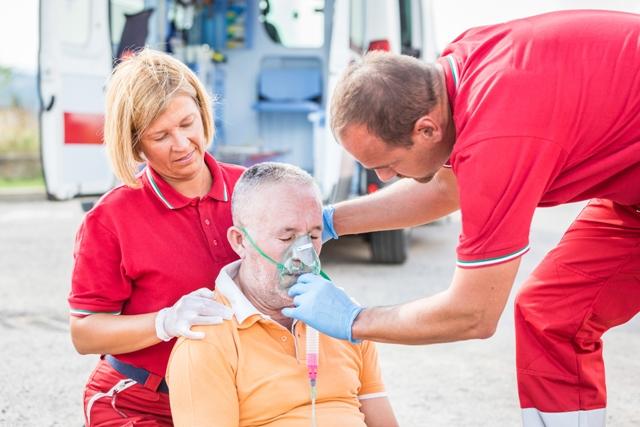Singapore’s myResponder app boosts community response to cardiac arrest





The myResponder smart mobile application is a feasible technological solution that improves community response to cases of out-of-hospital cardiac arrest (OHCA), a new Singapore study has found.
“The myResponder app demonstrated its functionality as a crowdsourcing application,” researchers said. “The myResponder app is an important factor to improve community responses to cardiac arrest in Singapore,” complementing other interventions and programmes already in place.
Since its launch in April 2015, myResponder has seen 125,145 installations and 46,689 responder registrations by July 2019. During this time period, the app had sent a total of 135,599 notifications pertaining to 19,189 suspected cases of cardiac arrests. [Prehosp Emerg Care 2020;doi:10.1080/10903127.2020.1777233]
In addition, 10,073 responders heeded these notifications, of whom 49 percent (n=4,955) were able to make it to the scene. From 2016 to 2019, 2,581 responders were available to attend to a notification. Forty-three percent of them arrived before emergency healthcare crew. Data from 2015 were unavailable.
On a monthly basis, the app logged a median of 358 suspected cases of cardiac arrests and delivered a median of 7.1 notifications per case. Over the 4-year analysis period, there was an upward trend in the monthly number of total and per-case notifications despite a relatively stable number of cases, which ranged from 300 to 400.
In 2019, for example, there were a median of 326 cases per month, each earning 11.3 notifications. The median total monthly notifications delivered in 2019 was 3,423.
Similarly, the number of responders who accepted and arrived at the scene of OHCA also increased over time. By 2019, a median of 278 responders accepted notifications per month, with 163 arriving at the scene. The resulting percentages of acceptances and arrivals were 45.8 percent and 24.1 percent, respectively.
“The myResponder mobile application is a feasible way to improve community response for OHCA, and preliminary data are promising,” the researchers said. The app is primarily a crowdsourcing platform freely available to download and takes advantage of Singapore’s robust internet connectivity and high smartphone penetration.
The chain of events begins when a bystander calls the national emergency hotline. If the operator suspects a cardiac arrest, the myResponder app, along with an emergency response team, will be activated. The app then notifies responders, who are then given a detailed map with directions to the scene and to nearby automated external defibrillators (AEDs).
“Responders can also assist by providing accurate location data, ushering paramedics to scene, or provide psychological support to the victim’s family,” the researchers said. “Constant publicity efforts in social media, professional conferences, and roadshows had contributed to the app uptake.”
“Future plans include increasing the number of registered responders, encourage more responders to accept notification and arrive at scene, higher AED usage, as well as better user interface design and data capture for quality improvement purposes,” they added.